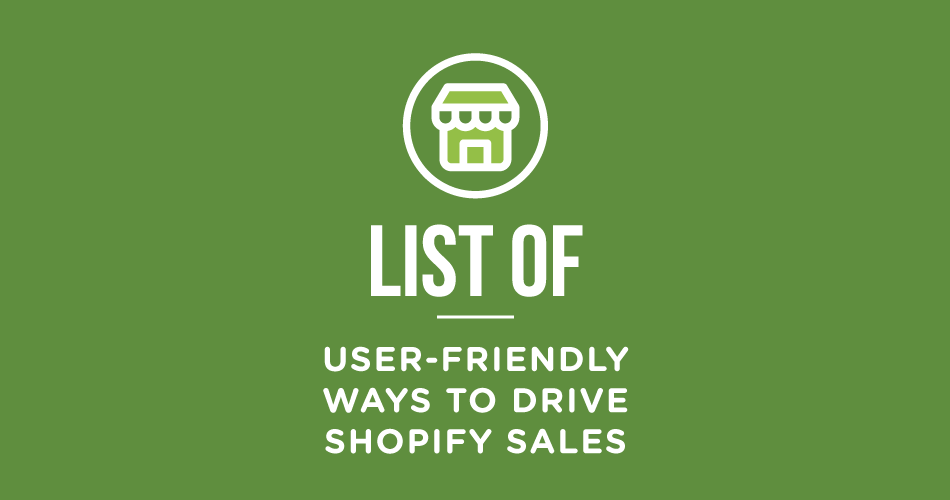We live in the internet age, where almost everything is being digitized one way or the other. However, despite the dominance of the digital world, marketers still struggle when it comes to selecting a marketing method. Despite digital marketing techniques seemingly taking a front seat when it comes to reaching a wider modern audience, traditional marketing still presents a strong case to remain relevant. The former has stood all the changes of time, evolving together with technology but sticking to its roots and traits. With most companies operating on a tight budget due to strong competition which requires precision over effort when it comes to marketing, it becomes vital to know what marketing method works best for you. It is also imperative to first understand the nature of each marketing approach to effectively weigh your option based on compatibility with your business nature.
What Is Digital Marketing?
As mentioned earlier, the current era is internet-dominated, with almost all businesses linked to online activities. The digital world’s population has grown substantially such that, it is rare to meet someone without a digital profile. With that said, it is safe to assume that digital marketing is the key to accessing the masses within the digital world.
Digital marketing involves the use of any electronic device connected to the internet to advertise services or products. Although this approach is more ideal for businesses that are entirely based online, it can also generate positive results for entities that rely on physical B2C proceedings as it presents a flexible and increased number of options to reach out to prospects.
There is no doubt that the ever-growing internet population contributes heavily to the preference of digital marketing. For starters, businesses target areas with more people when marketing. That is the reason why the location is important when opening a business branch. However, with online-based entities, location doesn’t matter as your business can only be accessed from one’s palm. This makes digital marketing even more attractive as you don’t need to go to certain places to showcase your products or services.
With the internet becoming vital to our way of living as we rely on it for news updates, weather reports, entertainment, communication, and hang out, digital marketing is by far the most effective approach of the two. Through digital marketing, companies get to engage with their prospects, convert them to loyal clients, as well as receive valuable feedback concerning their marketing efforts from the horse’s mouth.
What Is Traditional Marketing?
Traditional marketing has been around for decades. Despite surviving change due to its nature to adapt, it hasn’t changed much. Traditional marketing is concerned with the promotion of products and services through various traditional techniques such as broadcasting, telemarketing, billboards, flyers, brochures, TV ads, prints, as well as SMS marketing.
In 2012, the Super Bowl set a new viewing record, racking up an average of about 111.3 million viewers. This was the largest USA’s television viewing audience in history. However, this wasn’t the only surprise related to this American Football game. Based on the Nielson survey, 51% of the participants indicate that they only watch the game for the sake of commercials rather than the sport itself. Screened television sports are among many traditional marketing forums.
Traditional marketing incorporates many techniques for promoting a brand, product, or service. It is the most noticeable form of marketing, incorporating adverts that we encounter daily. The main four traditional marketing strategies include print, broadcast, direct mail, and telephone.
Print – this form of marketing is considered to be the oldest, tracing back to ancient times when Egyptians would use papyrus to create wall posters and sales messages. Print marketing is characterized as a paper form of advertising. In this current era, print marketing is concerned with space advertisements in magazines, newsletters, newspapers, and other materials printed for distribution reasons.
Broadcast – this form of traditional marketing uses television and radio marketing techniques. Broadcasting has been around for over a century now, with radio broadcasts emerging in the 1900s. The first broadcast advertisement was aired on the 2nd of November, 1920. Television broadcasting followed in the steps of radio broadcast but took less time to air its first advert since inception. The first TV commercial aired in 1941, 10 years after its initiation.
Direct mail – utilizes printed materials such as letters, brochures, catalogs, and fliers to promote products and services to the customer via postal mail. This technique dates back to the year 1800s and the well-known example of this traditional marketing approach is the Sears Catalog, mailed to prospects in 1888.
Telephone – also known as telemarketing, involves the sending of mass SMSs via phone to promote a product or service to prospects. Although the technique used to be effective and welcomed by consumers, the modern-day audience has turned it into a somewhat controversial technique, labeling it as aggressive. This has led to the US government passing strict laws to regulate the utilization of telemarketing to address the raised issues.
Digital Marketing Vs. Traditional Marketing
The end goal of both marketing approaches is to turn a prospect into a buyer and eventually to a loyal customer. The difference lies in how the whole process is achieved as well as the type of audience being targeted. Using traditional marketing, marketers spot their audience first, then place adverts where the targeted audience will see, hear, or even interact offline. When it comes to the use of digital marketing, everything is facilitated over the internet. The approach employs paid or organic adverts via social media and search engine optimisation. The methods used for digital marketing include email, influencer, video, etc.
When comparing the two marketing strategies, we usually look for advantages and disadvantages. Then upon identifying those weaknesses and strengths, we get to understand which one can serve the purpose better than the other. Otherwise, there isn’t an outright better option, considering that most of the businesses use both marketing approaches parallel.
In retrospect, the main difference between digital marketing and traditional marketing is that the latter only gives little to no interaction to the audience. The audience cannot easily ask concerning questions related to ads they saw or heard. Moreover, traditional marketing has been labeled by some of the marketing gurus as unreliable due to a lack of editing already printed ads. This means a mistake on the sale percentage already printed or posted is as good as a wasted resource. Additionally, traditional marketing is quite expensive, especially considering the lack of tools to measure progress. A posted ad is bound to reach a specific number of consumers, which means you can’t boost it. For instance, The New Yorker has a certain number of people that read it daily. Therefore, if your ad is printed on one of their pages, it will only reach those readers only.
Despite the above-mentioned drawbacks, traditional marketing is still key to many businesses. However, digital marketing just provides a better and more convenient means of reaching a wider audience. It is a better revenue driver, with most of the companies indicating that 50% of their revenue is encouraged by social selling. Experts also indicate that digital marketing offers a more dynamic campaign that lets advertisers and business owners monitor and be in control of their audience’s growth. To top that, inbound marketing lets the consumers find the company, instead of the business doing so.
Nevertheless, this doesn’t mean digital marketing is perfect. With the approach heavily relying on technology, which at times can go down or break, in such circumstances, marketers can just wait. Another major disadvantage related to digital marketing is security. The internet has its dark demons and these are cybercriminals. Companies have shut down due to cyber-attacks. Not only can a company incur financial losses, but they can also have their upcoming ad campaigns leaked to its competition, hence losing its ground in the industry. However, to counter that, you can learn about types of malware and what they do to keep safe while working online.
Should You Use Digital Marketing and Traditional Marketing Together?
Absolutely! Regardless of the debates that have gone for years and are still to stand time, the wise simply use both approaches as they understand that there is a time and place for both. Take for instance supermarkets. These are businesses that heavily rely on traditional marketing techniques such as catalogs etc. However, during these unprecedented times, most of the supermarkets have spread their wings to the digital world, opening online stores to allow consumers to buy groceries from the comfort of their homes. To raise awareness for such major adaptability, these businesses use digital marketing techniques to reach an online audience without neglecting their traditional customers.
So, using both approaches can help your business reach a wider audience and generate positive results from the campaigns. You just need to appropriately allocate your budget funds based on the approach that works better than the other depending on the nature of your business.
Absolutely! Regardless of the debates that have gone for years and are still to stand time, the wise simply use both approaches as they understand that there is a time and place for both.





